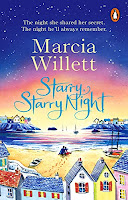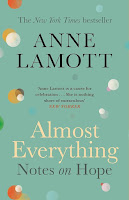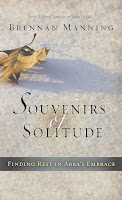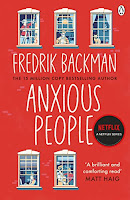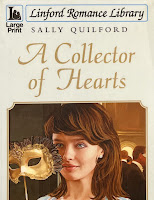 |
| (Amazon UK link) |
It’s at least 25 years since I last read it; possibly longer. However I re-read it several times as a child and teenager, so had a vague memory of the overall plot, which I knew involved Latin lessons, a dragon parade, and an exciting escape…
Apparently ‘Missee Lee’ is one of two books in the series which are considered not to fit with the rest. The other is ‘Peter Duck’, which was never one of my favourites, and which I knew was supposed to be a story that one of the children made up. Fiction within fiction, so to speak. I only recently learned that ‘Missee Lee’ is, similarly, supposed to have been a fictional story written by the (fictional) characters, which explains, perhaps, why it’s so exciting and (frankly) a bit surreal in places.
It begins with the four Swallows (John, Susan, Titty and Roger) with their friends the Amazons (Nancy and Peggy) and the Amazons’ Uncle Jim (Captain Flint) departing from their 100th port on what was evidently a lengthy voyage, in a yacht called the Wild Cat. While it’s not spelled out, it appears that they have been in Japan, and they’re discussing whether or not they want to visit China. They are warned of some of the dangers, but feel that a round-the-world tour should not miss out such a large country altogether.
Travelling with the human crew are a parrot called Polly and a monkey called Gibber. Gibber likes to copy what he sees, and this turns out to be a disaster as he drops a smouldering cigar, after pretending to smoke it, in some petrol… and a very quick escape has to be made, on the children’s two dinghies. It’s night time, and they attempt to sleep; but one of the dinghies drifts and they lose sight of each other. They hope to be rescued by a British ship, or at least one that will take them to somewhere like Singapore or Hong Kong. In the event, one crew is picked up by a Chinese boat which turns out to be a pirate ship, and the others land on a small island…
They are, naturally, reunited after some adventures. There are three main islands in addition to the tiny one where one crew lands, each ruled by a Chinese Taicoon. Two of them are important, ‘ten-gong’ taicoons, but the most important, a tiny lady known as Missee Lee, is a twenty-two gong taicoon, and somehow manages to keep the peace between the rather bloodthirsty occupants of the other islands.
Missee Lee is spoken about elsewhere in hushed tones, or to scare small children, but she turns out to be a delightful person who was educated at a British school, and then started a degree at Cambridge. She speaks excellent English, if accented, and always wished she could return to Cambridge. She had to leave before completing her BA because her elderly father needed her. So she’s delighted to discover that Roger has been studying Latin, and determines to hold Latin classes for all her visitors.
However they are not guests in the normal sense. They’re comfortable and well-fed, and Missee Lee is quite friendly - if insistent on hard work - but they are her prisoners, unable to escape or even move from her island. Her plan is to keep them there indefinitely… they are eager to get home. They can’t even contact their relatives to say they’re safe.
It’s an exciting book, fast-paced with a lot of action. There are sketch maps of the islands in the front and back of the book, and I referred to them several times during the course of the story. I assume they are imaginary. The book comes across as somewhat colonial, possible racist at times with some of the cariactures and poor English spoken by the island natives. But the book was written in 1941 and is therefore a product of its times.
Other than this (and the general lack of modern communication or even electricity on the islands) it doesn’t feel too dated at all. The six children and Captain Flint seem realistic, each with their own distinct personality, and the monkey Gibber adds a bit of humour. I knew the outcome would be positive but had forgotten how it played out, and the ending was exciting, making the book difficult to put down at times.
Although sailing takes less of a role in this book than in many of the others in the series, there’s still a fair amount of nautical terminology that went right over my head - however it didn’t matter at all. For those interested in sailing, it would add some extra authenticity.
Recommended for children of about eight or nine and upwards who read fluently, or to be read aloud by adults. Recommended, too, for adults who remember these nostalgically from the past, or for anyone who likes children’s adventure books from this era.
Review copyright 2022 Sue's Book Reviews
